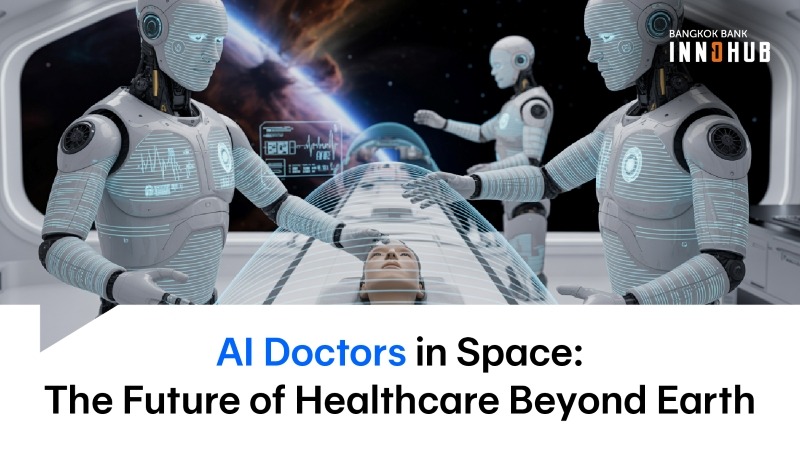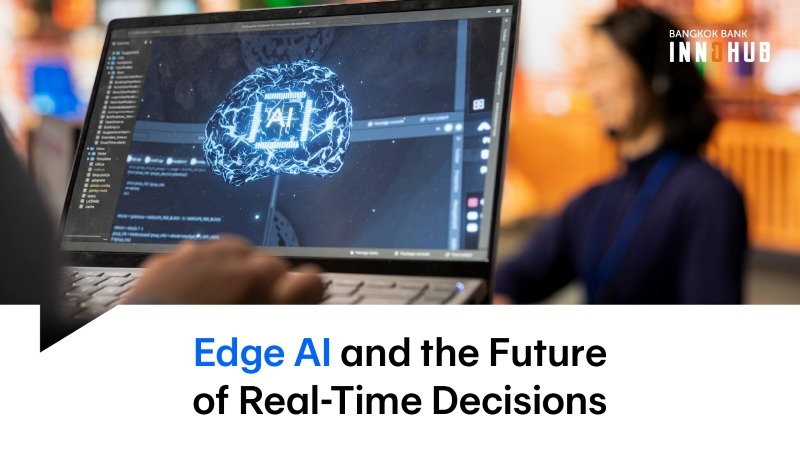The coming decades will likely see the beginning of a new age of exploration. Just as we once explored vast oceans and ice-filled polar regions, our next frontier will be the vast expanse of our own solar system, including the harsh desert of Mars and the frozen moons of Jupiter and Saturn.
The first voyagers will be robotic. Besides testing the ability of their spacecraft to withstand the rigors of the journey and execute a successful landing on a new world, these robots will bring along supplies and set up the needed infrastructure to accommodate future waves of human explorers.
Then come the people, as well as the enormous challenge of keeping them alive so far from Earth. We will need to learn how to recreate all of the required elements of human life and civilization off-world, and then transport those solutions within a handful of relatively tiny vessels across deep space — knowing that any failure or malfunction could lead to the deaths of everyone on the mission.
The universe, after all, is almost viciously hostile to life. With no air, no liquid water, no food, no fertile soil for farming, and no survivable temperatures virtually anywhere we know of except for Earth, there’s a lot that can go wrong.
That’s why it will be so important to diagnose and treat any medical issues that may arise among the explorers. Space exploration is enormously difficult even for a team at full strength, but the odds of success plummet when its members’ health is compromised.
Enter the Space Doctor.
Your CMO-DA will see you now
Most LLMs can already diagnose illnesses and recommend treatments rather well. And according to Elon Musk, Tesla’s forthcoming Optimus robot will be able to do anything a human can do, including provide medical guidance and even perform surgery. But these kinds of generalized AIs may not be ideal for the specific hardships of space travel.
From the long-term effects of microgravity on bones and muscles, to vitamin deficiencies, to the mental strain of prolonged isolation, to radiation poisoning and a host of other conditions, maintaining good health will be as challenging as it is important. And mission success may depend on medical support that is tailored to the specific circumstances surrounding space exploration.
Crews need onboard expertise that works during disconnected operations, as deep-space missions face long communication delays, periods when no comms at all are available (such as when the Sun is between the astronauts and Earth), and no possibility of rapid evacuation.
Keep in mind that in space, there’s also no pharmacy (or internet connection) available, so your synthetic doctor will have to customize treatment options to the few resources that are available.
With these needs in mind, Google and NASA are piloting a CMO-DA (Crew Medical Officer – Digital Assistant), a clinical decision support prototype to help astronauts diagnose and treat symptoms when real-time contact with Earth isn’t possible.
This AI Clinical Decision Support System aims to assist a crew medical officer / flight surgeon with data-driven triage, diagnosis, and treatment suggestions. Its multimodal input feature uses natural language processing, including image, text, and voice inputs, and is trained on spaceflight medical literature — not just general medical guidelines.
Early trials of the CMO-DA have shown promise according to those close to the project, but no accuracy metrics have been released.
Trust, regulation & the path forward
Competency is one thing, trust is another. Earlier this year, the FDA took a big step toward normalizing this technology by publishing draft guidance for AI-enabled medical devices, with a special focus on lifecycle management and safety. Furthermore, for life-critical decisions, CMO-DA is designed to record reasoning steps and confidence levels, enabling transparency and human review.
Questions surrounding certification, liability, and cross-jurisdiction regulatory alignment will also need to be addressed, and standards put in place to balance autonomy with human override capability when administering treatment.
Trust also depends on having a track record of good judgment. When training any real-world AI, special attention needs to be given toward both edge cases and rare events. These tests force the algorithm to apply its logic and values settings creatively, rather than simply regurgitating its training data as output.
The performance of the CMO-DA should also be tested and validated in real-world settings, and show that it can learn from experience over the course of a mission. Only then will it earn full acceptance by the explorers whose lives will depend on it.
One giant leap for robot-kind
The proposed CMO-DA is a bold experiment to see how far AI can assist when a doctor’s presence is physically impossible. It takes telemedicine to the highest level, potentially solving a major challenge facing the next generation of astronauts.
NASA’s upcoming Artemis missions will send us back to the moon, with Mars not far behind. And although the prospect of a multiplanetary future is thrilling, technology has a way of finding new use cases beyond what was originally intended.
The design patterns and safety protocols that go into a CMO-DA may one day help build medical systems for remote, underserved, or extreme environments back on Earth. With similar advances in industrial robotics, life support systems, and autonomous navigation vehicles also on the way, our next age of exploration could give humanity a deeper understanding of the planet we call home.




